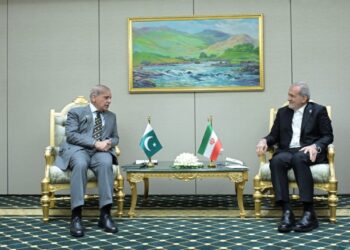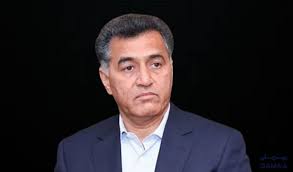Government’s Efforts to Reduce Power Tariffs Blocked by IMF
Islamabad: The much-anticipated relief in electricity tariffs for Pakistani consumers has failed to materialize due to objections raised by the International Monetary Fund (IMF). Despite earlier reports suggesting that Prime Minister Shehbaz Sharif would announce a reduction of Rs 8 per unit in his March 23 address to the nation, no such relief package was disclosed. The IMF’s ongoing review of Pakistan’s economic policies and fiscal management under the $7 billion Extended Fund Facility (EFF) has been a critical factor in this decision.
Prime Minister’s Meeting on Power Sector
Instead of announcing tariff reductions, the Prime Minister chaired a high-level meeting to discuss the power sector’s ongoing challenges. Attendees included Special Assistant to the Prime Minister Tauqir Shah, Minister for Energy Owais Leghari, Adviser to the Prime Minister Ahad Cheema, and Minister for Finance Muhammad Ali. The focus of the meeting was to address the country’s energy crisis and devise strategies to manage electricity costs in the face of IMF constraints.
Background of the Electricity Tariff Plan
The government had previously assured consumers that electricity rates would be reduced by utilizing savings from renegotiations with Independent Power Producers (IPPs) and reallocating revenues generated from petroleum levies. On March 15, the Prime Minister’s Office (PMO) announced that fuel prices would remain unchanged, even though the Petroleum Division had initially recommended a Rs 13 per litre reduction in petroleum prices. The rationale behind maintaining petroleum prices was to redirect the potential financial impact towards subsidizing electricity tariffs.
The government’s initial proposal involved cutting electricity tariffs by Rs 2 per unit through savings from revised IPP contracts. Additionally, an increase in the petroleum levy by Rs 10 per litre—raising it to a maximum of Rs 70 under the Finance Act 2025—was planned to generate additional revenues to further reduce electricity prices by another Rs 2 to 2.5 per unit.
IMF’s Objection to the Proposed Tariff Reduction
The IMF mission, currently reviewing Pakistan’s economic performance for the first six months of the fiscal year and future projections, scrutinized the government’s proposed electricity relief plan. The Fund objected to the calculations, stating that the proposed savings and revenue adjustments did not align with its broader fiscal stability objectives. An official involved in the negotiations with the IMF revealed that the organization tends to take a holistic view of economic policies rather than approving piecemeal adjustments.
While the government argued that reallocating revenue from petroleum levies to subsidize electricity tariffs was a revenue-neutral move with no significant fiscal impact, the IMF remained unconvinced. According to sources, the IMF’s economic modeling and financial projections indicated that such a move might still disrupt Pakistan’s fiscal discipline and debt repayment commitments.
Economic and Political Implications of the Rejected Plan
The IMF’s rejection of the tariff relief plan comes at a time when Pakistan is facing severe inflationary pressures, with high energy costs contributing significantly to the overall economic burden on citizens. The failure to reduce power tariffs is expected to further strain household budgets, impacting both consumers and businesses that rely on affordable electricity for operations.
Politically, the inability to deliver on the promise of lower electricity bills could be a setback for the government. With the general public already frustrated over inflation, unfulfilled promises regarding electricity tariffs may lead to increased dissatisfaction among voters. Moreover, opposition parties may use this situation to criticize the government’s economic policies and its perceived inability to negotiate effectively with the IMF.
Way Forward: Government’s Next Steps
Given the IMF’s position, the government now faces the challenge of identifying alternative means to provide relief to electricity consumers. Some potential strategies include:
- Further Renegotiations with IPPs: The government may attempt to secure more favorable terms from independent power producers to reduce electricity generation costs.
- Exploring Alternative Revenue Streams: Instead of relying solely on petroleum levies, the government could explore alternative revenue sources to fund power subsidies.
- Energy Sector Reforms: Structural reforms in the power sector, such as improving efficiency, reducing line losses, and tackling electricity theft, could help lower costs in the long run.
- Seeking IMF Approval for Targeted Relief: The government may re-engage with the IMF to negotiate a targeted relief package that aligns with the Fund’s fiscal objectives.
Conclusion
Despite the government’s efforts to provide relief to consumers, the IMF’s stringent conditions have led to the shelving of the proposed electricity tariff reduction plan. As Pakistan continues its economic recovery under the IMF program, finding a sustainable way to lower electricity costs remains a critical priority. In the coming months, the government will need to navigate these economic and political challenges while ensuring compliance with the IMF’s financial discipline requirements.

























